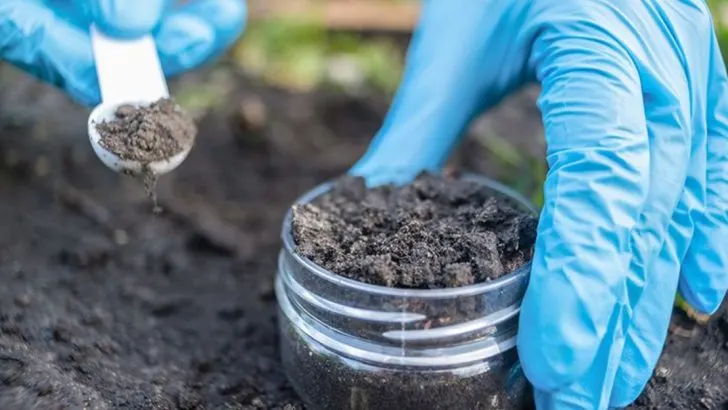Healthy soil is the foundation of a thriving garden, and indigenous microorganisms (IMOs) play a key role in maintaining its fertility. These naturally occurring bacteria, fungi, and other microbes break down organic matter, improve nutrient availability, and strengthen plant resilience against pests and diseases.
By cultivating and applying IMOs, gardeners and farmers can boost soil health naturally, reducing the need for synthetic fertilizers and pesticides. This technique, widely used in Korean Natural Farming (KNF), helps create a self-sustaining ecosystem that promotes stronger plant growth and higher yields.
Learn how to harness the power of indigenous microorganisms to enrich your soil and support a healthier, more productive garden!
The Magic of Microbial Diversity
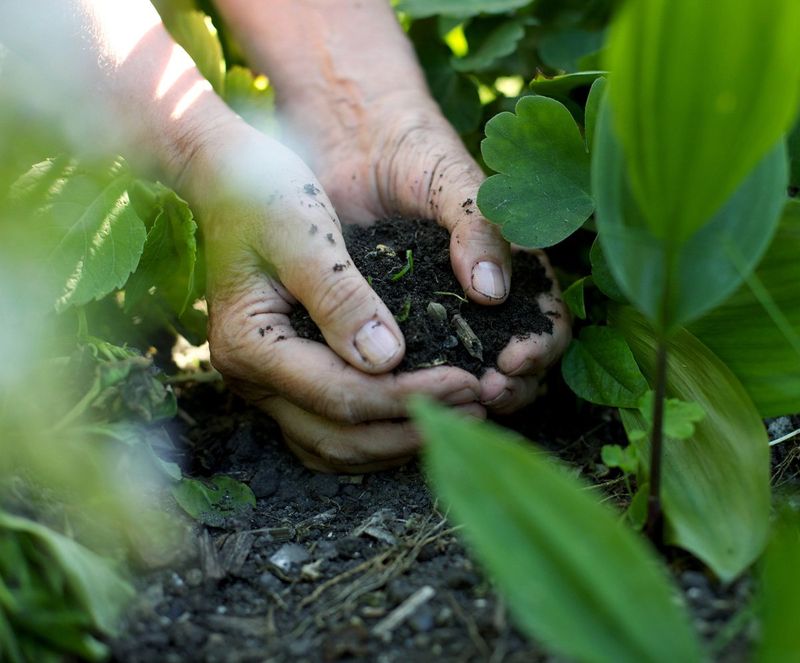
Microbial diversity in soil is akin to the colorful palette of a master artist. Each microorganism plays a unique role in the soil’s ecosystem. By maintaining this diversity, we ensure a thriving environment where nutrients are cycled efficiently. Imagine a bustling city where each resident contributes to the community’s well-being. Maintaining microbial diversity is crucial, as it creates resilience against environmental changes and diseases. It’s like having a varied team of superheroes ready to tackle different challenges. Encouraging this diversity involves minimizing chemical inputs and incorporating organic matter.
Boosting Soil Health with Effective Microbes
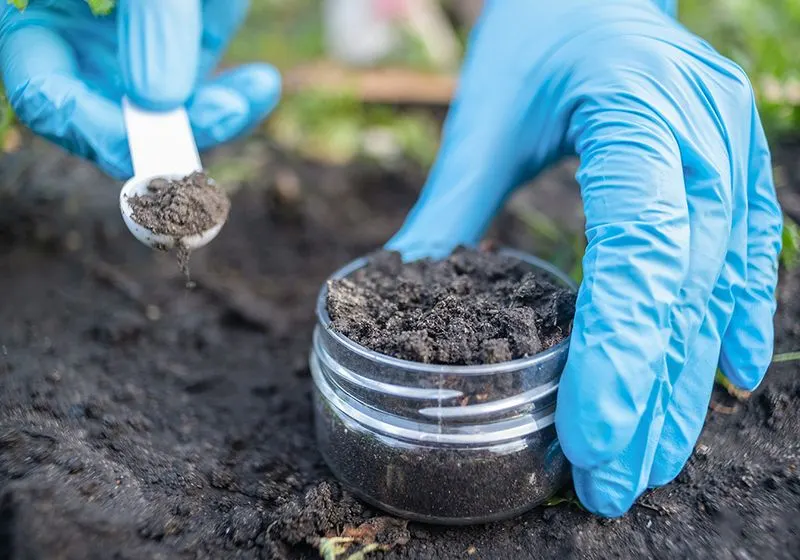
Effective microorganisms, or EM, are like the diligent caretakers of soil health. These beneficial microbes work tirelessly to decompose organic matter and release essential nutrients. Picture them as a team of tiny farmers, each contributing to the richness of the soil. By incorporating EM into farming practices, you can improve soil structure, enhance nutrient availability, and reduce the need for chemical fertilizers. It’s akin to having an invisible workforce that boosts productivity naturally. Integrating EM involves composting, fermenting organic matter, and applying microbial inoculants.
Symbiotic Relationships: Plants and Microbes
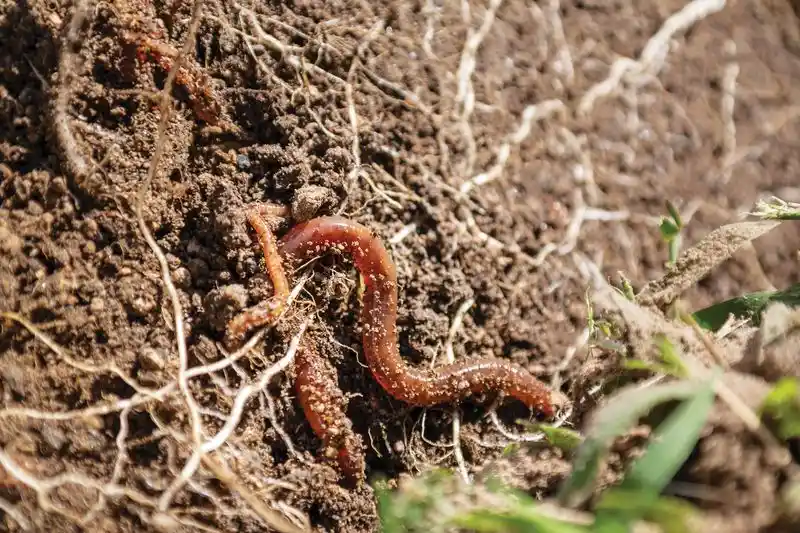
In the hidden world beneath our feet, plants and microorganisms engage in fascinating symbiotic relationships. This partnership resembles a carefully choreographed dance, where plants provide sugars to microbes, and in return, receive essential nutrients and protection. This harmonious relationship enhances plant growth and resilience. It’s like having a personal bodyguard and nutritionist for each plant. By fostering these interactions, farmers can ensure healthier crops and more robust yields. Techniques such as crop rotation, cover cropping, and promoting root diversity are key to strengthening these bonds.
Indigenous Microorganisms in Natural Farming
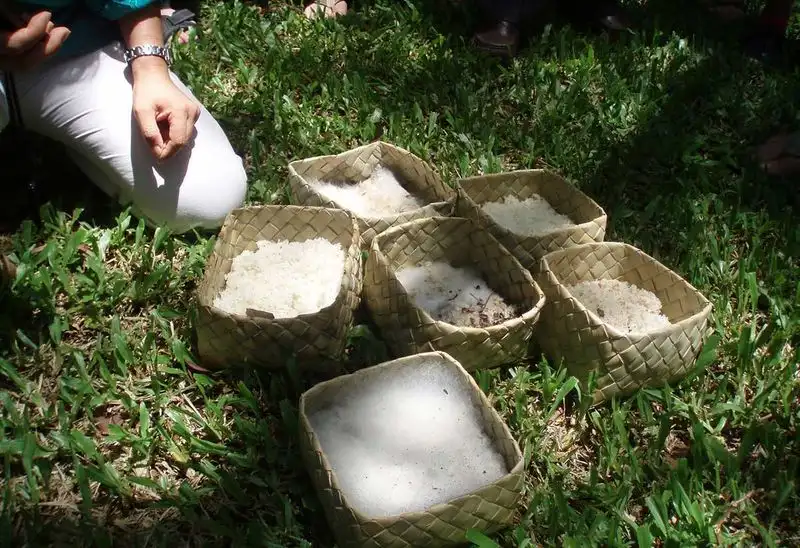
Natural farming takes inspiration from nature itself, utilizing indigenous microorganisms to nurture the soil and plants. These microorganisms are like the soul of this farming method, quietly working behind the scenes to enhance soil fertility. Picture a serene landscape where the soil is teeming with life, thanks to these native helpers. Indigenous microorganisms reduce dependence on synthetic fertilizers and chemicals, promoting a more sustainable and eco-friendly approach. Cultivating them involves simple techniques such as collecting leaf mold and brewing microbial solutions.
DIY Microbial Inoculants for Home Gardens
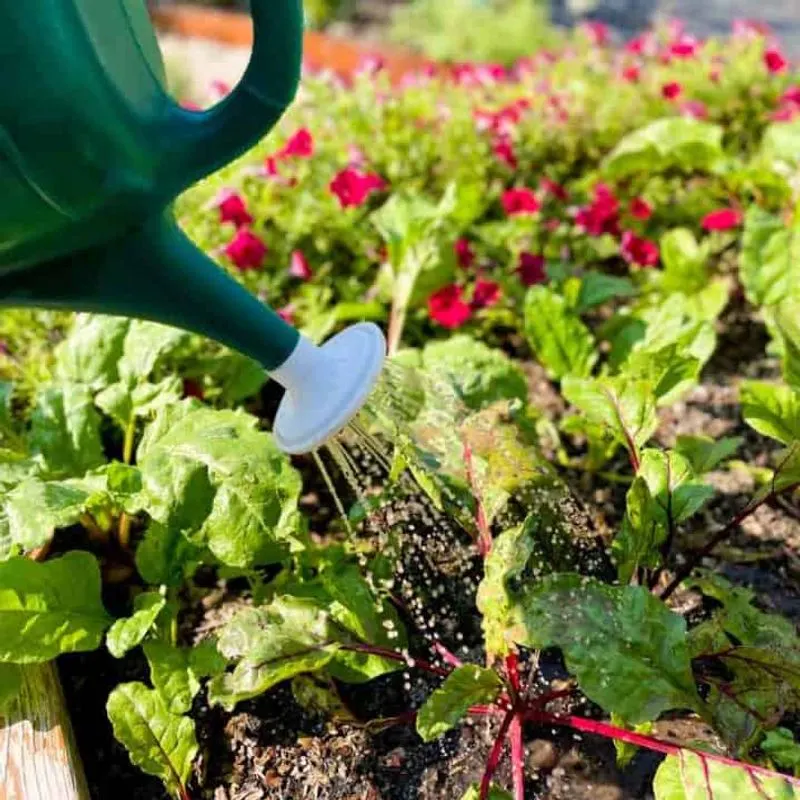
Creating your own microbial inoculants can be a rewarding experience for the home gardener. Imagine having the power to enhance your garden’s health right at your fingertips. By brewing these inoculants, you introduce beneficial microbes that enhance soil fertility and plant health. It’s like crafting a secret potion that boosts your garden’s vitality. The process involves simple ingredients like kitchen scraps and garden waste, making it accessible to everyone. With a little time and effort, you can transform your garden into a flourishing paradise.
Composting: A Microbial Haven
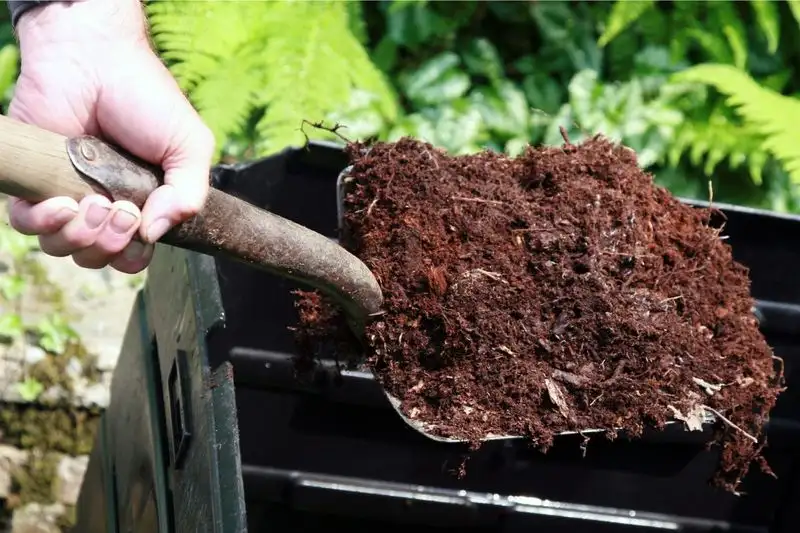
Composting is a testament to the power of microorganisms in transforming waste into valuable soil amendment. It’s like watching a bustling marketplace, where microbes break down organic matter into rich compost. This process turns kitchen scraps and yard waste into black gold for the garden, enhancing soil structure and fertility. By embracing composting, gardeners can create a sustainable cycle of growth and decay. It’s a reminder of nature’s ability to recycle and renew. Setting up a compost pile requires minimal space and effort, yet the rewards are immense.
The Future of Microbial Farming
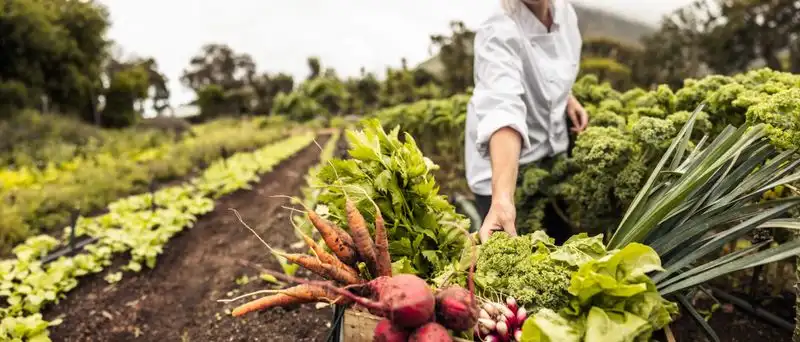
The future of agriculture lies in harnessing the potential of microorganisms on a grand scale. Envision a futuristic farm where microbial farming techniques are integrated with advanced technology. Drones and sensors monitor soil health, ensuring optimal conditions for microbial activity. This blending of tradition and innovation promises a sustainable and productive future. Microbial farming has the potential to revolutionize food production, reduce environmental impact, and enhance food security. By investing in microbial research and technology, we can create a resilient agricultural system for generations to come.
Microbial Music Therapy
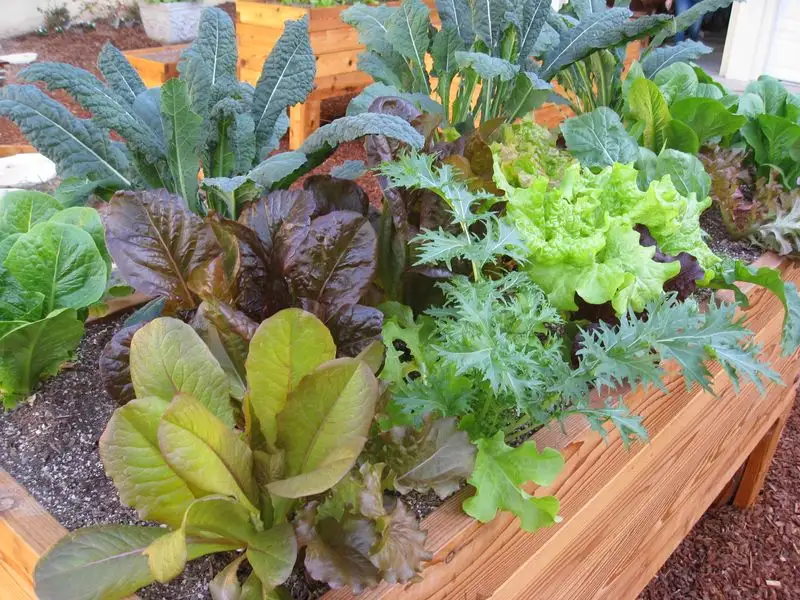
Imagine a field where harmony isn’t just in the rows of crops but in the air itself. Microbial music therapy utilizes sound waves to stimulate microorganism activity in the soil. Researchers have found that specific frequencies can enhance microbial growth, creating a symphony of increased fertility.
Picture a gentle breeze carrying the notes of Mozart through a field, as microbes dance in rhythm. The vibrations help break down organic matter more efficiently, creating rich, fertile soil.
It’s a simple yet effective way to engage with nature’s chorus, fostering a thriving ecosystem beneath our feet.
Lunar Soil Activation
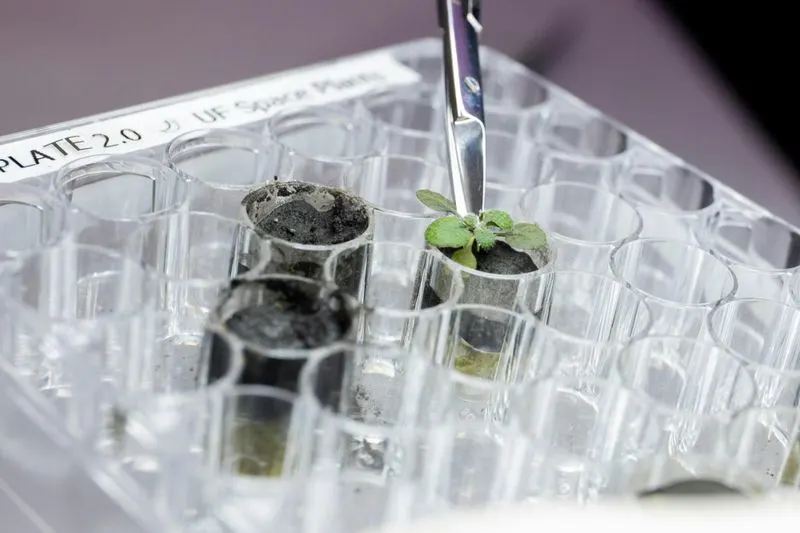
Harnessing the power of celestial bodies, lunar soil activation involves aligning composting activities with lunar phases. Farmers have long believed in the moon’s influence over plant growth, and now they’re extending this belief to soil microorganisms.
During a full moon, special compost is spread, believed to awaken dormant microbes and enhance their activity. The moonlight acts as a natural stimulant, encouraging microbial interactions that enrich the soil.
This timeless technique blends tradition with mysticism, creating a fertile ground for imagination and growth, as microbes bask in the moon’s glow.
Tea Time for Microbes
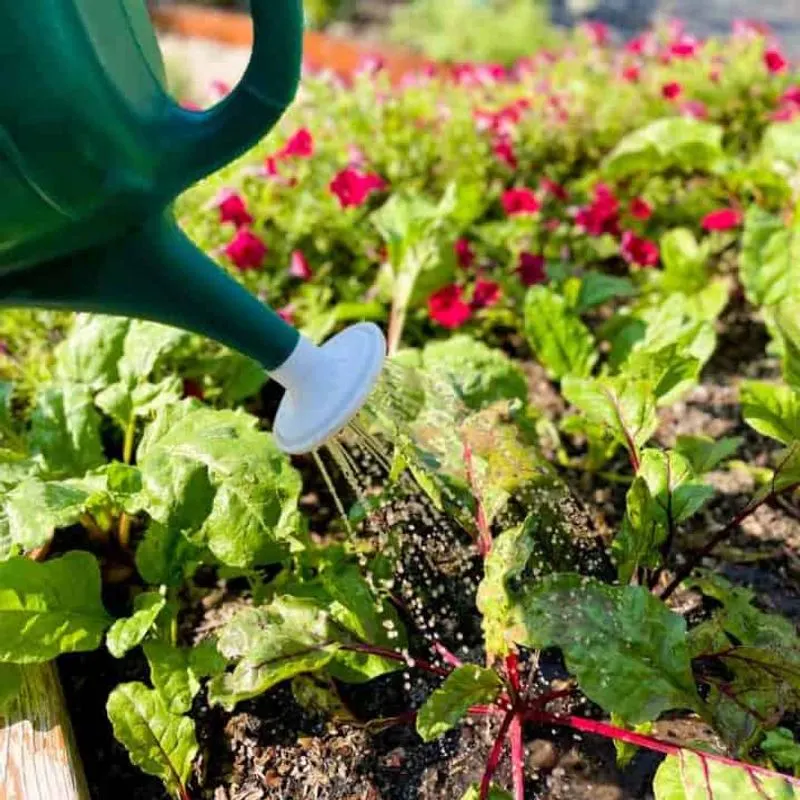
Ever thought your soil might enjoy a good brew? Enter the world of microbial tea time, where specially brewed compost teas are fed to soils to invigorate microbial life. These teas are rich in nutrients and beneficial bacteria that wake up sleepy soils.
Picture the soil having a tea party, with microorganisms sipping on a nutrient-rich brew, boosting their vitality and enhancing soil fertility.
It’s a quirky yet effective approach, allowing gardeners to nurture the ground beneath them, ensuring that each cup of “tea” translates into a healthier, more productive soil ecosystem.
Bioelectric Soil Stimulation
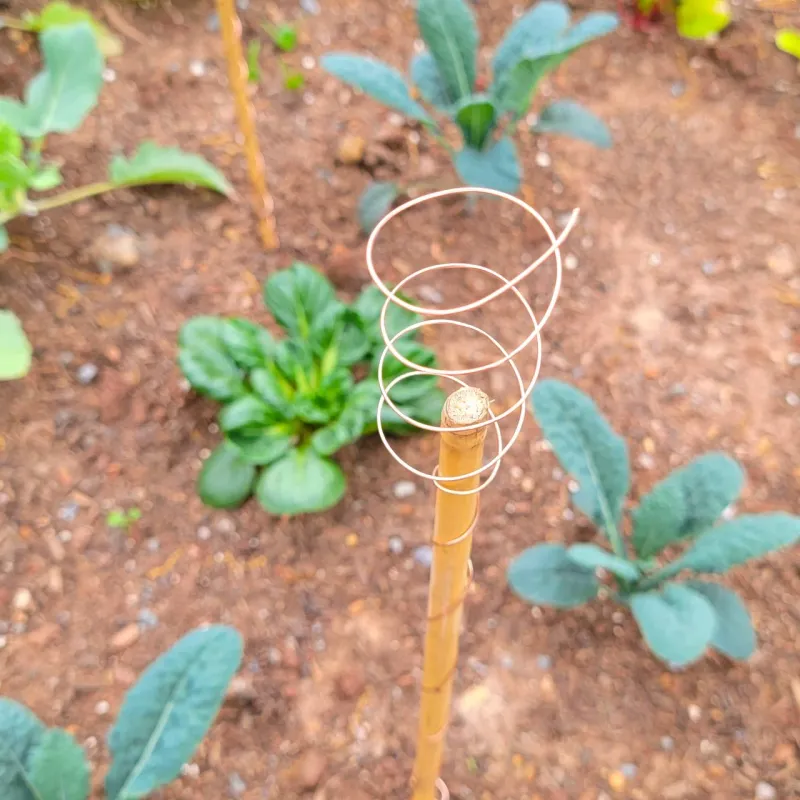
Welcome to the future of farming, where electricity meets ecology. Bioelectric soil stimulation involves sending low electrical currents through the soil to stimulate microbial activity. This method supercharges microbial communities, helping them process nutrients more efficiently.
Imagine the soil as a bustling electric city, where microbes energize from tiny pulses, transforming the land into a powerhouse of fertility.
Farmers are now conducting experiments with bioelectricity, discovering new ways to boost soil health and productivity, lighting up the path to sustainable agriculture.

